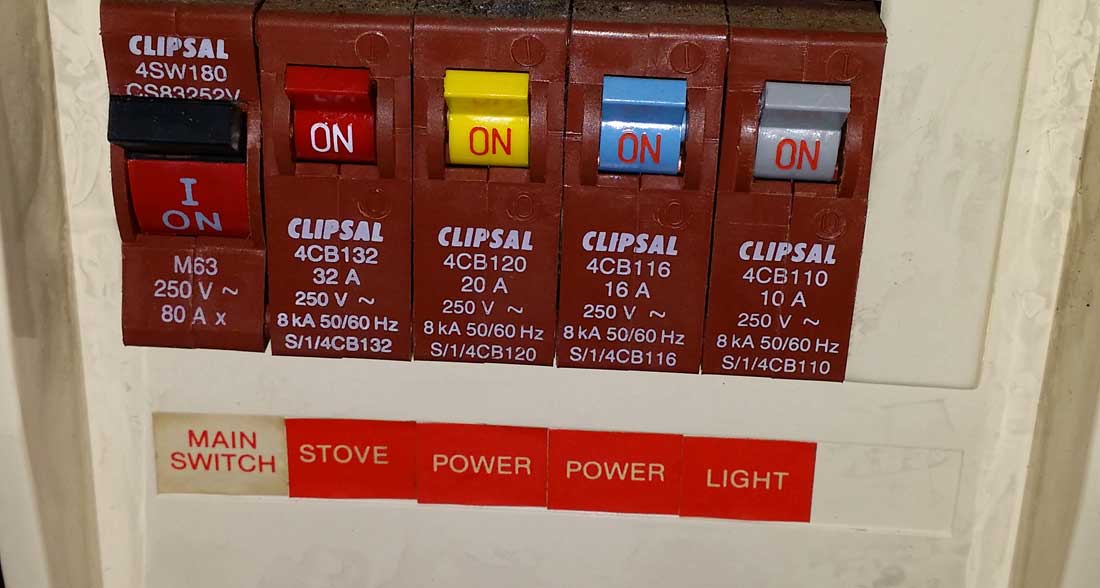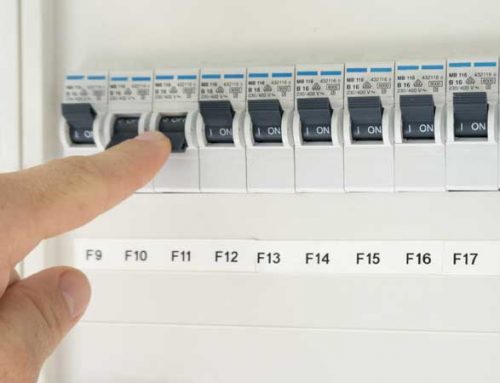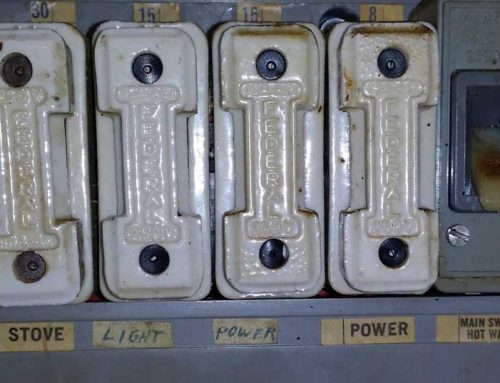Circuit Breaker
A circuit breaker is an automatically operated electrical switch designed to protect an electrical circuit from damage caused by excess current from an overload or short circuit. Its basic function is to interrupt current flow after a fault is detected.
A circuit breaker will trip when an over current has been detected to save your home from electrical fires by ensuring that the wires are not overheating and that there is no overload on the various electric circuits.
Overloaded Circuit
An overloaded circuit is the most common reason for a circuit breaker tripping. It occurs when a circuit is attempting to draw a greater electrical load than it is intended to carry. When too many appliances or light fixtures are operating at the same time, the internal sensing mechanism in the circuit breaker heats up, and the breaker “trips.
Short Circuit
A short circuit is a more serious reason for a breaker tripping. A “hard short” is caused when the hot wire (Red) touches a neutral wire (Black). In terms of the physics involved, a short circuit allows for a sudden unimpeded flow of electricity due to lowered resistance, and this sudden increase in current flow within the breaker causes the tripping mechanism to activate. In many old houses there was a use in cables that have their insulation fail over time and they are good reason for short circuit.
Ground Fault
A particular type of short circuit, a “ground-fault,” occurs if a hot wire comes in contact with a ground wire or a metal wall box or touches wood framing members. Ground faults can be especially dangerous when they occur in areas with high levels of moisture, such as kitchens or bathrooms, or in outdoor locations. A ground fault carries a definite risk of electric shock.
To reset a circuit breaker – unplug all electrical appliances / turn off your lights and reset the circuit breaker. Re plug appliances. If the circuit breaker trip again, your last appliances is faulty. If you can’t reset your circuit breaker your fault is maybe within the wiring system and you should contact a licensed electrician.



